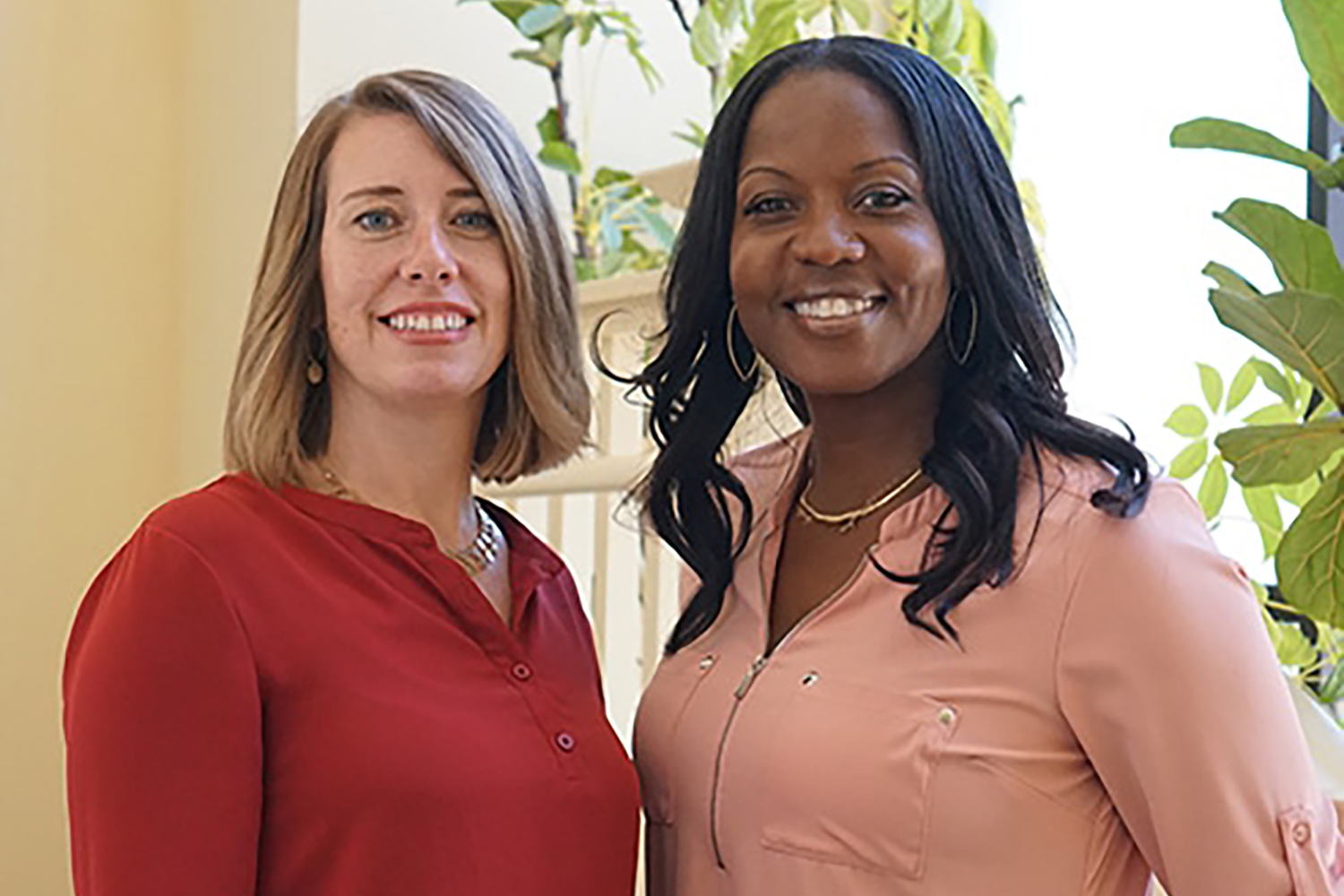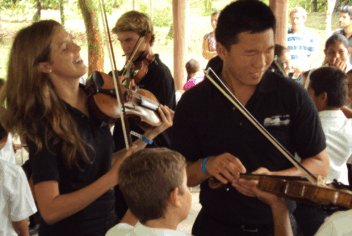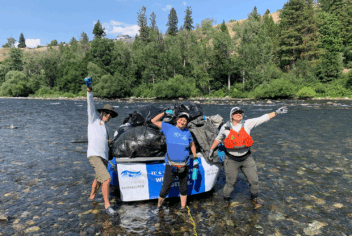In this interview, Dusti McKeown, senior underwriting manager, and Michele Thomas, underwriting manager, who have worked with NIA for 20 and 26 years respectively, discuss what makes NIA such an innovative place to work.
NIA is an insurer with tax-exempt status, making it an inventive solution to nonprofits who need insurance. How did you find yourself working at NIA?
Dusti: I started working in insurance when I was in high school, as a student intern. For a long time, I wasn’t sure if I really liked insurance. I felt as though I wasn’t making any kind of impact in the world. Then I found NIA. I thought, This is what I’m supposed to be doing.
I feel like what I do here makes a difference in the world.
Michele: It wasn’t until my second or third year of being in the insurance industry that I decided I wanted to make this a career path. I began taking insurance courses, obtained my brokers license, and really loved what I was doing.
Most people say they never intended to work in insurance, but I like underwriting! I would hear the CEO, Pamela Davis, speak on the phone about insurance. Her determination, involvement, and compassion toward nonprofits was inspiring to me.
What are the qualities you look for in your staff that you think keeps NIA innovating in the industry?
Dusti: One of the most important qualities is communication. People in our industry serving nonprofits have to be really strong communicators, not just in order to speak to a group of people, but to be able to actively listen to the needs, concerns, and questions of nonprofits and their brokers.
Our philosophy of underwriting is to look for ways to insure nonprofits. So we really try to pay attention and listen to the needs of nonprofits and address those needs.
Michele: NIA has a rigorous hiring process. We actively look for people who see things differently. It’s rewarding to find someone who has a mix of compassion, professionalism, and a deep understanding of our philosophy, as well as a strong underwriting acumen.
What are the types of accounts new underwriters are surprised to learn NIA insures?
Dusti: Foster family agencies are a big one. Low income housing is another. However, the most prevalent type of account right now is probably animal rescue nonprofits, particularly when the organization is housing or fostering dogs.
This is a tough exposure because of the unpredictability of injury. While other carriers have completely stopped insuring any risks having to do with dogs, we look at each nonprofit individually and have found ways to continue to insure them.
Michele: As NIA grew over 30 years, the different classes of business we wrote became broader. We insure everything from traveling theatrical groups to larger affordable and low-income housing type organization.
Underwriting at NIA means learning — constantly — as the sector changes. It can be surprising to people that we respond so quickly and with compassion to the difficulties those changes can create so we can insure as many nonprofits as possible.
What are the reasons underwriters usually say no to an account that NIA would, in fact, write?
Dusti: That’s probably one of the biggest learning curves for new underwriters that come on board. They usually come to NIA from a company that has trained them to look for a way out in the initial review of an account, to figure out how to say no. We have to change their mindset from no to yes.
Some of what plays into this can also be unconscious bias. A lot of times when you think about risks — like low-income housing or foster family agencies — you assume the clientele of these kinds of accounts are riskier to insure because of, perhaps, their difficult life experiences.
Recognizing and overcoming unconscious biases is essential to our underwriting standards and to how we’ve been innovators in the insurance industry.
Michele: Working here means you have to broaden your knowledge base to underwrite nonprofit accounts with which you may not be as familiar. It’s a skillset new underwriters have to build, especially if they’ve insured only for-profit business — we essentially have to foster innovative mindsets.
As an example, I chair a product development committee to respond to the changing needs of nonprofits. It’s a team effort to come up with innovation to protect the nonprofit sector.
NIA offers a lot of free risk management for members. Have you ever seen a case when a nonprofit purchases NIA’s insurance with a horrible claims record but ends up improving over time through our risk management services?
Dusti: Definitely. We see that all the time. A claim can be a powerful learning experience. Once a nonprofit has to file a claim, their reaction is to make sure that never happens again. For example, we see that the nonprofit will seek out our driver training services after they’ve been involved in an accident.
It works the other way around as well. We may write Directors & Officers with Employment Practices Liability for an account that has had a lot of employment practices claims in the past.
We will have one of our Labor & Employment Risk Managers (LERMS) reach out to the nonprofit soon after writing their coverage to let them know about the free employment consultation services we offer.
We’ve seen very positive results after taking this proactive approach. Being able to get sound, professional advice often prevents nonprofits from taking an action that would otherwise result in a claim. It’s a win-win.
Michele: Our ultimate goal is to provide tools and services from which the nonprofit can benefit. Much like we create specialized insurance that fit the needs of the nonprofit sector, we also offer risk management services that might help a member reduce or eliminate losses.
We evaluate each member individually. If we see trends, for example insureds with multiple claims for drivers who keep backing into things, we’ll get our loss control and member services department involved to provide training.
Most underwriters who have worked for other carriers that don’t specifically write nonprofits are surprised that we really do more than just the minimum. At NIA, we go out of our way to help nonprofits successfully improve their loss ratio.
Dusti McKeown is the Senior Underwriting Manager at NIA. She has served NIA since 1999 in various positions in the Insurance Operations department. Prior to joining NIA, Dusti worked primarily in the Excess & Surplus lines market. She has more than 28 years of experience in the insurance industry. Her volunteer work has primarily involved libraries, children, or both. When not working, Dusti enjoys reading, music, and spending time with family and friends. She currently resides in La Selva Beach, CA, with her family.
Michele Thomas is the Underwriting Manager at NIA. She has also volunteered as a Board Treasurer to New Beginning Community Church; volunteered at athletic events run by nonprofit organizations (such as SC Wharf to Wharf/SC Human Race Walk); and conducted youth choir performances at various senior nursing facilities. She’s a mother of two and a bonus mom of four. Prior to working in insurance, Michele worked in computer software. She enjoys dancing, knitting, crochet, and spending time with family and friends.





